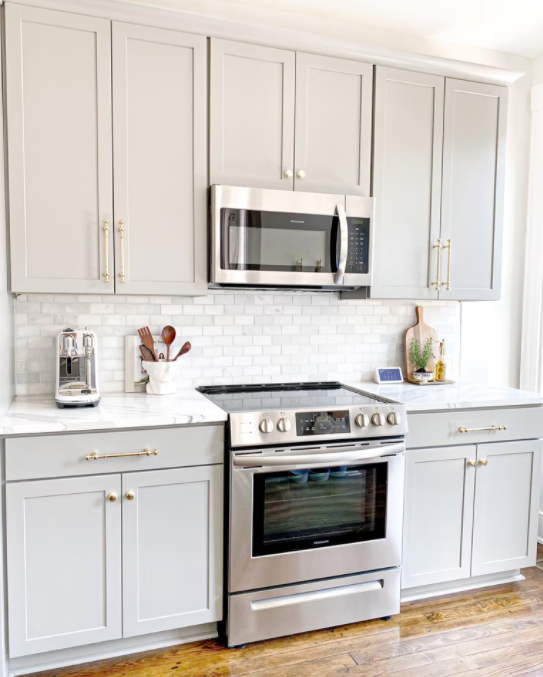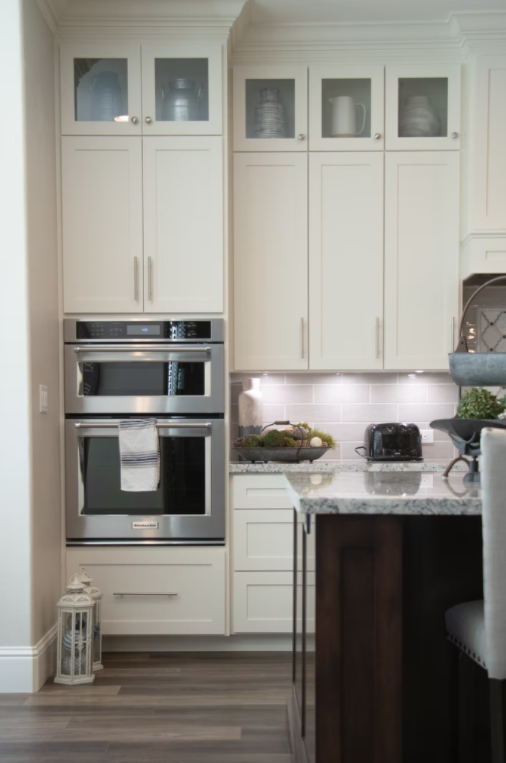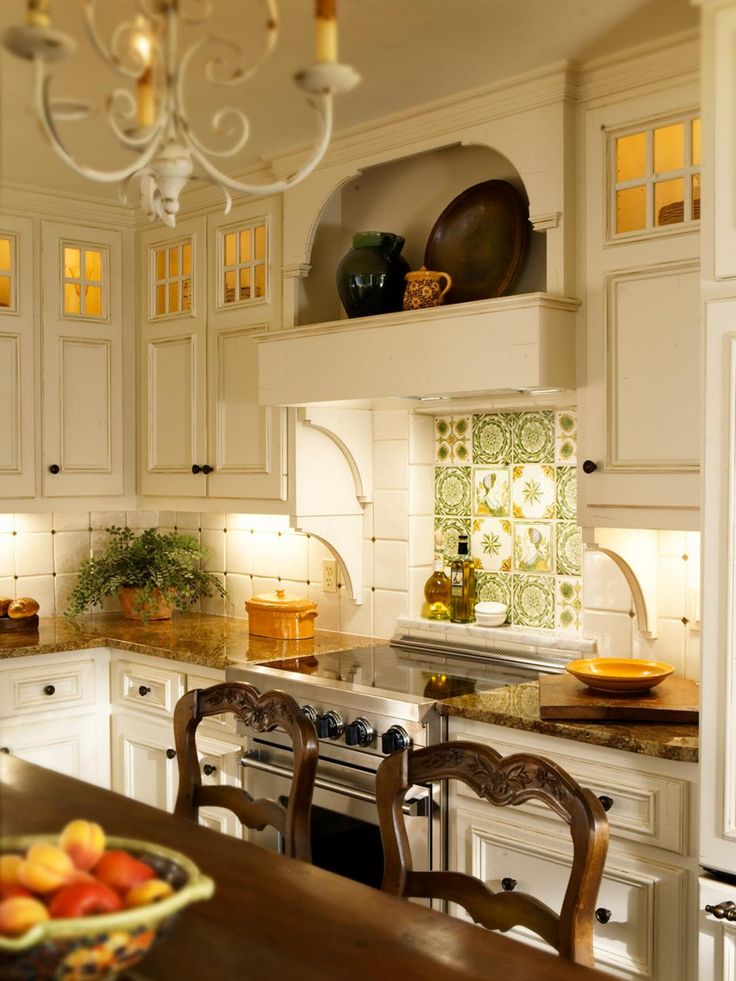Microwave Oven: The Pros and Cons

The microwave oven has been around for decades and many people have forgotten how useful a kitchen appliance it can be!
 Photos By: Unsplash
Photos By: Unsplash
Even with the airfryer and Instant Pot craze, microwave ovens can still compete with the new generation of kitchen gadgets.
If you’re thinking of upgrading your microwave oven or buying one this year, it’s never too late to weigh your options. Is a microwave a good fit for you, or is it just a kitchen must-have that will get stacked at the back of your pantry? Here are the pros and cons of a microwave oven:
PROS of a Microwave Oven
Preserves Nutrients of Fruits and Vegetables
Microwave ovens heat and cook ingredients quicker than your stovetop and other cooking methods. Because of its short-wavelength electromagnetic waves at super-high frequencies forcing water molecules to vibrate intensely, microwaves actually retain the nutrients that would have broken down if placed under heat for a longer time.
Ideal for Roasting small sized Meat
People often roast in conventional ovens to feed a family, a group of friends and even crowds of guests, but those who eat for just 1 or two usually just skip the trouble and eat other menus instead. With a microwave oven, you can roast smaller batches of meats you desire without the need to turn on the oven.

Energy-Efficient
Because microwave ovens boil water vapor quicker than other cooking equipment, it is able to cook or reheat food more quickly as well. This means you’ll only be using the device for a shorter amount of time. For those who have a ton of kitchen appliances like rice cookers, sandwich makers, toasters, coffeemakers and so on, any savings in electric consumption is definitely a PLUS.
Extremely Versatile
The microwave oven became popular as the quickest way to reheat food, but this isn’t the only task it could do effortlessly. Microwave ovens could also:
Steam Vegetables and Fish
When steaming any food in the microwave, you’d have to add a little bit of water into a bowl. It would then boil your ingredients as quickly as possible, and before you know it, the fish or vegetables has been steamed to perfection.
Proof Yeast at Half the Time
No more waiting for your dough to rise for an hour or two. By proofing yeast in the microwave oven for just 15 minutes or less, you get to enjoy freshly-baked bread without hassle.
Melt Ingredients
Need to use melted butter or chocolate for your recipe, but it’s still cold and hardened? Place it in the microwave for less than 2 minutes and it’s ready to use.
Dehydrate Herbs or Veggies
Whether you’re making your own spices from your herb garden or you’re making homemade veggie chips, the microwave oven can work as a dehydrator if you use it right.
Time-saving
Whether you want a quick cup of ramen, pizza or grilled cheese, microwave ovens could accommodate your cravings in less time it would take you to prepare and cook the meals traditionally. There’s also fewer pots, pans and plates to clean this way.
Kid-friendly
Microwave ovens have no direct fire (when compared to the stove or convection oven), which is why parents introduce their kids to cooking or reheating in microwaves. They’re safer for young kids to manage, especially if you prepared make-ahead meals and they have to reheat the food themselves.

CONS of a Microwave Oven
There are three issues with microwave ovens, but all of which can be solved with extra care and following required equipment.
First, microwave-safe plastic containers, TV dinners you buy from groceries, and even takeout boxes with lined plastic are all supposedly microwave-friendly so you can heat them up directly in the microwave. Unfortunately, these plastic containers still have a tiny percent of phthalates and BPA that could transfer to your food.
THE FIX? Transfer your food into a microwavable glass, stoneware, or ceramic container to completely remove possibilities of eating phthalates and BPA.
Another concern of microwave ovens is the risk of eating raw meat, which can be dangerous due to the pathogens that have not been killed by proper amounts of heat while cooking. This isn’t an issue of the microwave oven’s inability to reach the temperatures required for cooking meat. Uncooked meat only becomes an issue if the meat is too thick/too large for the microwave oven to handle.
THE FIX? Buy an oven thermometer and make sure that the meat reaches 140 degrees Fahrenheit and become safe to eat.
The last issue with microwave ovens is the food options it “promotes” to be cooked in it. Because of how convenient and time-saving microwave ovens are, they’ve been a favorite way to cook unhealthy food such as frozen meals, popcorn, and cup noodles. This isn’t actually the microwave’s fault. Such as issue can easily be fixed by expanding your menu and learning more ways to cook straight from your microwave oven.








